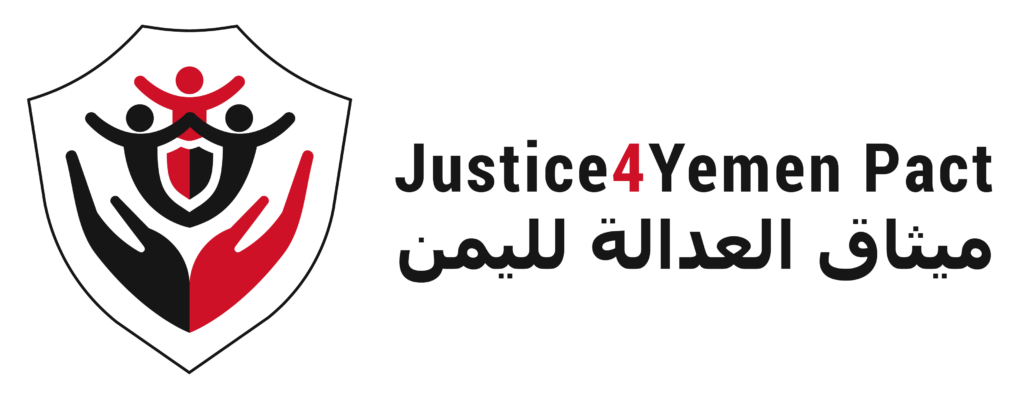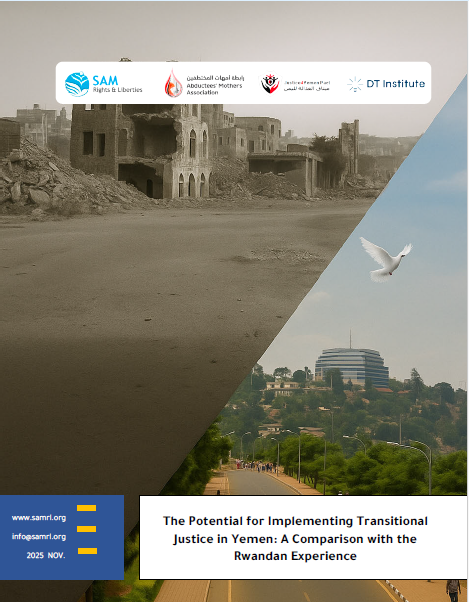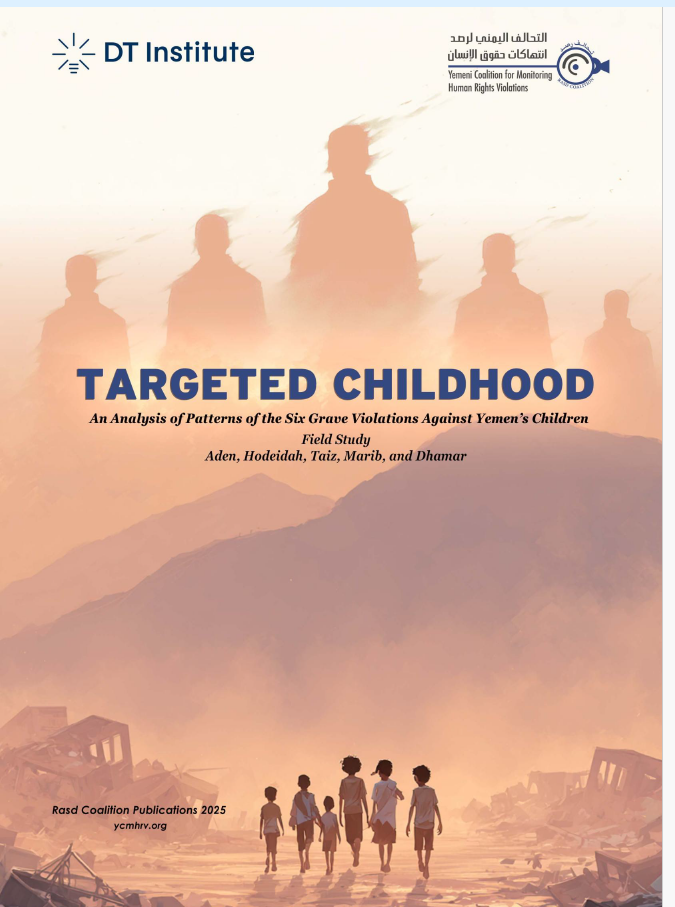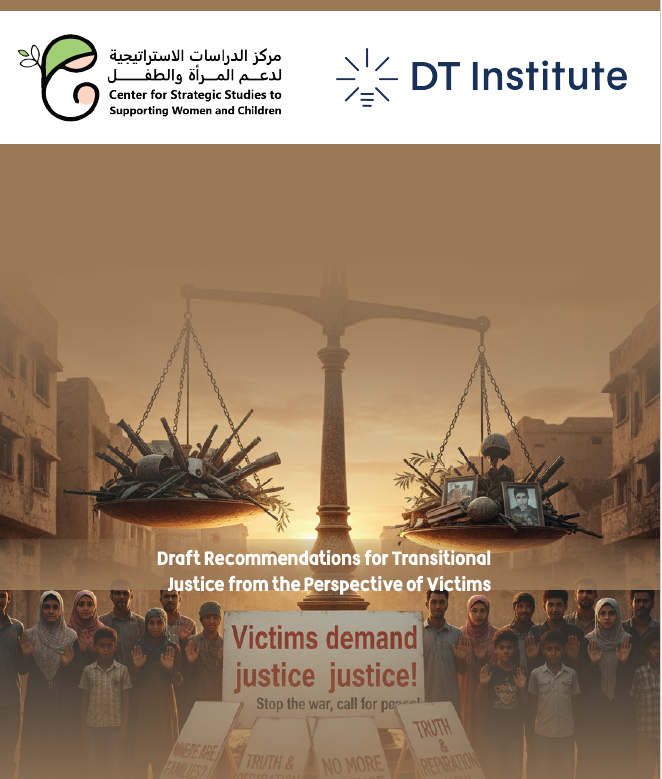In Taiz, security is not just fragile — it is fractured from within – facing mounting challenges as state institutions charged with protecting civilians are struggling with performance issues, contributing to a growing sense of uncertainty among the population. The security landscape in the city is marked by complexity and shaped by multiple factors, including the expanding influence of armed forces affiliated with the military. This is partly due to the recruitment of individuals lacking adequate training or familiarity with official laws and regulations. In many cases, enlistment has occurred outside formal procedures and has been influenced by regional or political affiliations.
Combined with weak oversight mechanisms, these dynamics have complicated law enforcement efforts and, at times, led to violent confrontations affecting civilians, further exacerbating the city’s humanitarian and security situation. A 2021 confrontation between the security campaign and soldiers affiliated with a military brigade illustrated the severity of the security situation in Taiz. In such a volatile context, mediation is not just a tool for resolution, but a vital lifeline – often the only one available – to protect civilians and prevent further societal collapse.
The dispute began when the security campaign, enforcing safety regulations prohibiting fuel shipments after dark, attempted to stop an unauthorized oil convoy operated by the brigade. The brigade owns an oil facility, which was the location of the confrontation. The ensuing clash turned deadly when the soldiers opened fire, killing a security campaign solider. Although the case was submitted to the courts, progress was hindered by systemic delays and evidentiary challenges. The nighttime gunfire exchange made it difficult to establish individual culpability, as forensic evidence could not conclusively identify the specific perpetrator who shot and killed the emergency officer.
In the meantime, the dispute quickly deteriorated, spiraling from a single incident to a barrage of retaliatory attacks. The victim’s family and supporters enacted their vengeance against soldiers of the military brigade. They blocked main roads, burned tires, and targeted the homes of suspected individuals, threatening families and setting fire to the oil station where the original confrontation occurred. The violence reached new heights when family members of brigade soldiers were kidnapped in apparent retaliation. As the legal process dragged on, the conflict continued to intensify. Gunfire was exchanged on both sides causing additional injuries as parties attempted to enact retributive justice in reaction to the judicial system’s failure to adequately address the original dispute.
The surrounding community and civilians were not immune to the impacts of the parties’ fighting. The continued clashes pushed the already struggling community into deeper hardship and chaos. Road closures and the ongoing violence increased already strained economic struggles and psychological trauma, caused by the war in Yemen and reinforced by the gunfire and arson attacks shaking the city.
Recognizing the urgent need for intervention, the Community and Reconciliation Consensus Committee(CRCC), created and maintained under the Supporting Peace in Yemen through Accountability, Reconciliation, and Knowledge-Sharing (SPARK) program, launched a comprehensive mediation initiative. Under this initiative, the Committee was able to do what the legal system could not – stop the violence and reconcile the parties, putting an end to the years-long violent dispute.
Where the court claimed it lacked sufficient evidence to proceed with the case (ultimately resulting in the acquittal of all defendants), the CRCC was steadfast in its commitment to providing relief to the parties and broader community to diffuse tensions and settle public unrest. Leveraging Yemen’s traditional Sulha mediation practices, the CRCC’s respected negotiators were well positioned to broker a binding agreement. “We trust your judgment and place ourselves in your hands,” declared the victim’s family.
Through sustained, intensive dialogue sessions with both parties, bringing together the victim’s family and representatives/family members of the two perpetrators (as alleged by the victims), an agreement was negotiated. Throughout the negotiation process, the mediators’ impartial wisdom was credited in enabling the parties to come to a sustainable agreement. The family/representatives of the alleged perpetrators agreed to provide diya (blood money) payments as a form of reparations to the victims’ family and to waive their right to claim compensation for the damages to the fuel station and houses caused during the conflict. This agreement was well received by the victim’s family, who agreed to halt the retaliatory attacks as they no longer feel the need to take justice into their own hands.
Underpinning this agreement and the CRCC’s mediation efforts was the CRCC’s mobilization of community resources to address the negative impacts of the violence. The CRCC communicated with influential local philanthropists, who agreed to contribute funds to assist the accused’s families in paying the reparations (diya). This dual approach not only de-escalated hostilities but also reinforced communal trust in nonviolent conflict resolution.
Read Full Story in Arabic





